The Guard/2011/Sony Pictures Classics/96 min.
In “The Guard,” Brendan Gleeson is a small-town Irish cop and Don Cheadle a by-the-book FBI agent who comes to the Emerald Isle to bust an international drug-smuggling gang. The two clash at first, then become unlikely allies, then friends, as they get closer to core of the criminal operation.
On the plus side, this black comedy, with a healthy dose of murder, blackmail and corruption, is good for some dark dry laughs, especially from the formidable and funny Gleeson. He knocks back the lines as easily as his character downs a pint. Writer/director John Michael McDonagh is the brother of Martin McDonagh (writer/director of 2008’s “In Bruges”) and, like his brother, he relishes irreverent sarcasm. On the minus side, though, “The Guard” is superficial and derivative; you have seen this movie before.
But if it’s a bit of entertainment you’re after, “The Guard” is your man.
“The Guard” opens July 29.
x
Good Neighbors/2010/Magnolia Pictures/96 min.
According to writer/director Jacob Tierney, “Good Neighbors,” based on a novel by Chrystine Brouillet, isn’t so much a whodunit as it is a satirical movie about people uncovering information and then having to decide what to do with it.
The people in this case are residents of a Montreal apartment building in 1995, three young tenants who become friends: charming, sly Spencer (Scott Speedman), brusque and to-the-point cat lover Louise (Emily Hampshire) and cute but geeky Victor (Jay Baruchel). The above-mentioned information relates to the rape and murder of several young women around the city. Safe at home in a cozy apartment? Not so much, especially since the members of the friendly trio turn out to be capable of shocking, searing violence.
There are more holes than surprises in this movie, the compositions are a little dull looking and it’s not particularly suspenseful until the last reel. That said, the last reel delivers some full-on tension, the actors are interesting to watch, especially Hampshire, and the writing’s not bad. Also, cats figure prominently in the plot – reason enough to see it in my book. 😉
“Good Neighbors” opens July 29.





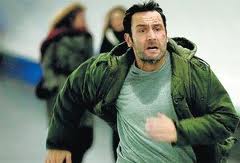
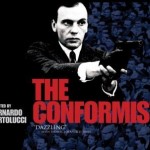
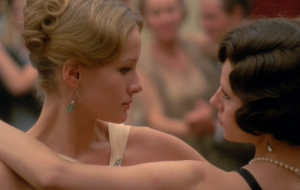
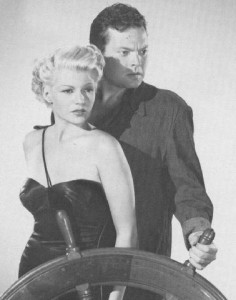
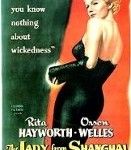
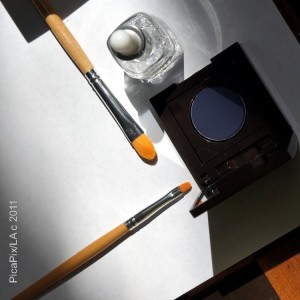

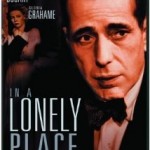
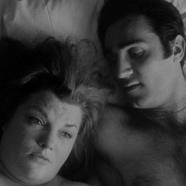
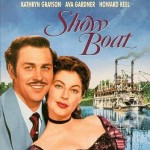
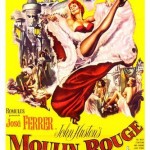





From FNB readers